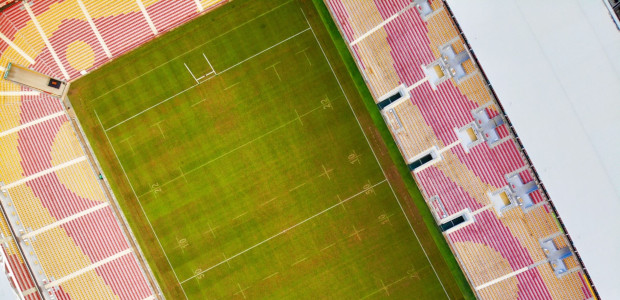Article 3 – Energy watch
In our last article we looked at the difference that good positioning and shelter can make to heating and keeping your house warm. You will see in the image a house which we have been asked to extend which faces north east. The extension has been designed at an angle to give a southern aspect and has been glazed to maximise the possibility of solar gain.
The next step for new houses and perhaps the first step for existing houses is the insulation. Heat costs money to produce, so a badly- insulated house will cost the owners a lot of money over the lifespan of the house. An investment now will pay dividends, but what should you spend your money on?
The first step with an existing house is to find out how much energy the house is using at the moment. A BER (Building Energy Rating) Assessment will tell you that, and will make recommendations on how you can reduce energy usage. The cost of this is approximately £300.00 depending on your house size. In all likelihood, insulation upgrades will feature in the list of recommendations.
Generally there isn’t much that you can do about the underfloor without disruptive and costly work so it’s best to concentrate on the walls and the roof. While cavities had been built into walls since the 1940s, cavity wall insulation only became common in the early 1980s and even then it was fairly minimal. Depending on how your house was built your options to upgrade are:
• you can have the walls insulated on the inside (drylining),
• pump the cavities with high- grade insulation,
• apply insulation to the outside of the building.
Recent research shows that exterior insulation is the most effective way to go, but it is costly. At the same time it is possible with any of these solutions to calculate the energy savings and the length of the payback period on your investment, so that you can decide if they are worthwhile. Keep in mind also that there are grants available for upgrades. We would also strongly recommend insulating any heating or water pipes and tanks, and a lagging jacket on your hot water cylinder is one of the simplest but most cost- effective changes you can make to your house.
A lot of the above also applies to new houses. You should begin looking at energy consumption early in the design stage, and a Provisional BER Assessment will really help in getting insulation up to a high level. It’s much easier to sort out your insulation before construction starts, and it allows you the chance to future-proof by adding in extra insulation, if the budget allows. We recommend to our Clients that insulation is installed to Passive House levels, and we find more and more that people are happy to do that as Passive House standard becomes mainstream.
In an existing house, the simplest and most cost effective way of trapping rising warm air is to insulate your attic or, in the case of a flat roof, your uppermost ceiling. For attic spaces the tried and tested method is to put down a fibre glass quilt from reputable manufacturers. This quilt traps air making it an effective insulator, and it is easy for a tradesman to install. One of the questions we are frequently asked is “How much insulation?” The standard used to be 100mm or 4inches, but given the reasonable cost of the actual material we would recommend that you use two layers of 150mm, to make up a depth of 300m. The first layer is laid between the ceiling joists and the second is laid over the ceiling joists. This second layer does have the disadvantage of visually camouflaging where your ceiling joists are and we recommend that a timber walkway is installed to allow you safe movement across your attic space.
It’s worth remembering that attic spaces should be well ventilated, to allow moisture which settles in your roof timbers to escape into the moving air. The trapping of moisture in timbers can lead to wet rot in the medium to long term, so it’s very important to prevent that happening. We’ll look more closely at ventilation in the next article.
Insulating your home remains by far and away the most cost effective way of reducing your heating costs. However, once you have achieved a good insulation standard ventilation, air tightness become the next priority.
For further info contact Allna Curran Architects: 55 Tempo Road, Enniskillen, Co. Fermanagh. BT746HR. tel: (02866) 323500
3 Mill Row, Donegal Town, Co. Donegal tel: (074) 9722233








